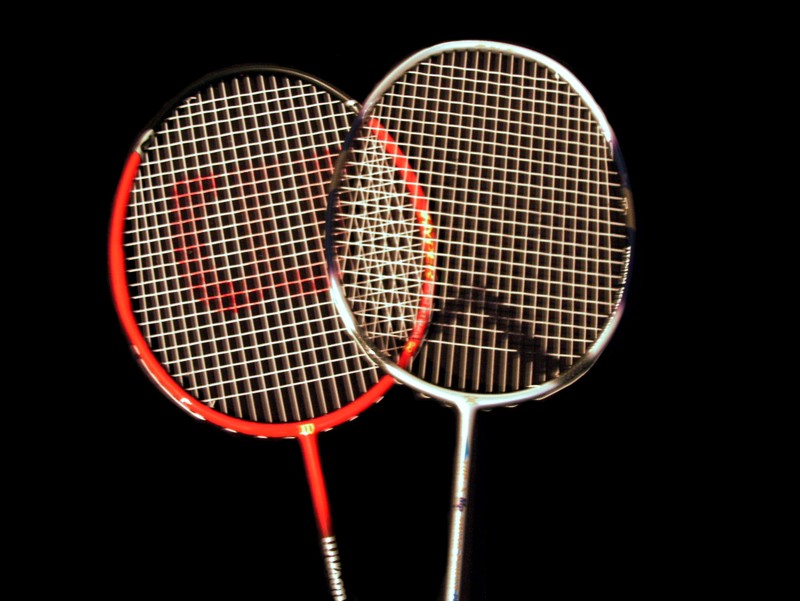Doing some simple Badminton Drills will have a great bearing in you becoming a better player. Just by playing games alone will not be enough. Spend some time and effort in your Badminton Training. You’ll become a better Badminton Player.
Here are some Badminton Drills that you can practice on to improve your game.
Shadow Badminton
This is to practice the correct movement and technique without actually hitting a shuttle. Get a partner to help direct you to the areas of the court, making sure that you cover the backcourt, midcourt, and the frontcourt with both your forehand and backhand.
Commit fully during this practice as you would in any competition. Imagine that you are playing against a world class player. It will definitely improve your movement on court and fitness.

Wall Rally Drill
Take an old shuttle and hit it against the wall. Hit the shuttle with your forehand and backhand, straight or diagonal. It can be used for practicing almost every stroke. It is a good way to improve footwork, strengthen the arm and wrist muscles used in badminton.
The wall should be at least 20 feet high to accommodate clears. The practice will be more effective if you can show the height of the net with a chalk line or a string, 5 feet above the ground.
As the shuttle rebounds so fast from the wall, your wrist will naturally come into play. You will learn how to switch grips at an instance as well. You will be amazed on your improved reflexes the next time you step on court.
Hitting a shuttle against a wall is an effective practice at all levels of plays.






